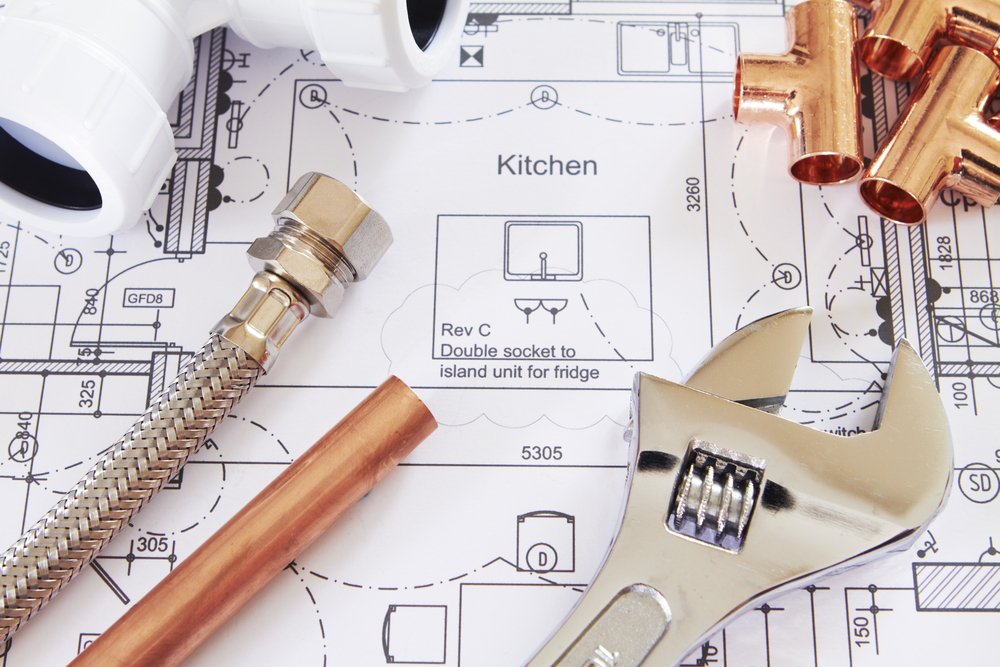With the popularity of HGTV home renovation shows like “Fixer Upper,” it stands to reason that more and more homeowners are assuming responsibility for some of the most extensive reno projects they can imagine, even those they may have previously left to the professionals.
While it’s certainly possible that the average Joe can transform a humdrum room into a charming, Instagram-ready space you actually want to come home to, there are definitely some projects that require more preparation than others.
Generally, when it comes to DIY renovation, plumbing is one of the most daunting tasks a homeowner can take upon themselves, and for good reason. There are many considerations that must be given to the space you hope to remodel, but any project that involves plumbing requires special attention to venting. With the help of trusted brands like Everdrain™, it is now much easier to do a plumbing vent project on your own.
Do your homework.
The first thing to be aware of: You cannot jump into developing a remodel until you’ve established that your plan is up to code. When mapping out your home’s plumbing plan, you must be aware of the different types of vents, as well as your local plumbing inspector’s rules and regulations.
The second most important question to ask is whether you can install a wet vent, a revent, or a separate vent. Unless you’re an expert, calculating the critical distance between the fixture and the vent pipe can be a challenge.
The formulas are complex, and can vary depending on where you live. Your local code might forbid a certain size of pipe, you may have too many fixtures wet vented on the same main drain, or your ideal fixture might be too large. These are all factors that should be taken into consideration before you start on your project.
Before you finalize your plan, make sure you’ve gotten the green light and are assured that your venting type is permitted, not to mention practical, given the circumstances.
Be aware of common problems.
Plumbing problems can seriously disrupt a household’s daily functioning, for obvious reasons. Sometimes, unexpected crises arise, such as a clogged plumbing vent, and there’s not much you can do about it. However, if you wish to avoid unpleasant mishaps with your indoor plumbing, you can take certain preventative measures with your plumbing vents.
Plumbing air vents, when they are operating properly, prevent wastewater gases from entering the home and eliminate odors. For this reason, they are located on your home’s roof. If you are installing a new plumbing vent, be sure to position it far away from any windows or air conditioning units; if they are too close, it will be counterproductive, as the sewage fumes will come right back into the interior of your home.
If you have ever heard gurgling sounds coming from your drains or noticed that water is draining more slowly than it should be, your plumbing air vent is likely to blame. Similarly, if standing water remains for too long in your sink or bathtub, it’s probably due to a slow-flowing drain.
If a clogged drain can be fixed in a few seconds without much effort, you’re probably not dealing with a plumbing vent issue. But if a blocked vent really is the culprit, stoppages will continue to occur for years down the road, causing potentially devastating harm to your drains and your home’s plumbing system in general.
Generally, if you are concerned about a long-standing issue with stoppage or clogging, your best bet is to call in the professionals. Drain cleaning Richmond VA way, and in other hyper-local regions along the Eastern Seaboard, is affordable and helpful to navigate many common plumbing emergencies.


















